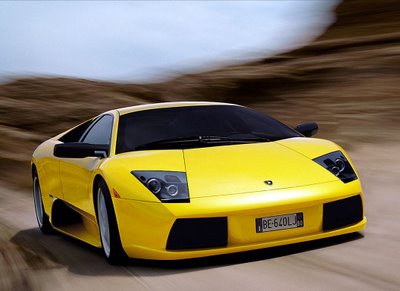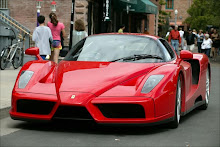Indiana Jones And The Kingdom of the Crystal Skull

Peruvians are upset over the mistakes in Indiana Jones and the Kingdom of the Crystal Skull.
Frankly speaking, here in Singapore, or even in the most part of Asia for that matter. For people who are unfamiliar with the geography and the various languages used in Latin America, we wouldn’t even know the mistakes at all when we watch the movie.
Americans have been perceived as being ignorant of the rest of the world. If they view different countries in Latin America like Mexico, Guatemala, Bolivia and Peru as being the same, they probably may also have difficulties differentiating one country from another in Asia.
Thursday, 29th May, 2008 (AFP)
Indiana Jones and the Movie Mistakes of Doom
LIMA (AFP) - - Most of "Indiana Jones and the Kingdom of the Crystal Skull" takes place in Peru, but many Peruvians are suffering heartburn after seeing the movie's many clumsy -- and often insulting -- mistakes about their country.
Viewers here cringed when the world's most famous fictional archaeologist arrives in Peru and announces that he learned to speak Quechua, the language of indigenous people across the Andes, when he was captured by Mexican revolutionary Pancho Villa.
Villa and his revolutionaries raided the US town of Columbus, New Mexico in 1916 -- and in an episode of the 1990s TV show, "The Young Indiana Jones," the young Jones is kidnapped.
But Villa's men spoke Spanish, not Quechua, which is spoken by some 10 million people in places like Peru, Bolivia, and Ecuador.
"This is outrageous," said Hugo Neyra, who heads Peru's National Library.
Neyra and others are also angry at seeing Maya warriors from Central America speaking Quechua in the Peruvian jungle, where hundreds of native languages, but not Quechua, are spoken.
The movie also shows quicksand, man-eating ants and enormous Hawaiian waterfalls, all of which do not exist in the Peruvian Amazonia.
In what is perhaps the biggest insult, director Steven Spielberg and writer George Lucas place the Maya pyramid of Chichen Itza, located in Mexico, in the Peruvian jungle.
Another mistake: the location of the Nazca lines -- which give clues to Jones in the movie -- created by the Nazca culture sometime between 200 BC and 700 AD.
Visible only from aircraft, the lines representing stylized animals are etched on a patch of coastal desert some 370 kilometers (230 miles) south of Lima -- and not next to the Incan capital of Cuzco, smack in the southern Peruvian Andes.
The Maya civilization thrived in southern Mexico and northern Central America between 250 and 900, while the Quechua-speaking Incas thrived across the Andes from 1200 to the 1533.
Historian Manuel Burga, the former head of the University of San Marcos, said that Spielberg and Lucas were given bad advice.
"Even if it is fiction there are many incorrect facts," Burga said. "This is going to be damaging to many people who do not know our country, because it shows a Peruvian landscape that is not real.
"It is not possible to mistake the Amazon region with the Yucatan jungle in Mexico."
Neyra said that many informed Americans and Europeans will realize that it is "an aberration" to mix Maya and Inca archaeology. "They know that Machu Picchu is in Cuzco, and that Chichen Itza is in Mexico," he said.
Historian Teodoro Hampe is scathing in his view of they way Americans view the geography of Latin America: "For them Mexico, Guatemala, Bolivia or Peru are all the same."



0 Comments:
Post a Comment
Subscribe to Post Comments [Atom]
<< Home